Check-out Key Considerations Before You Extend Your Step-Down Metal Barn
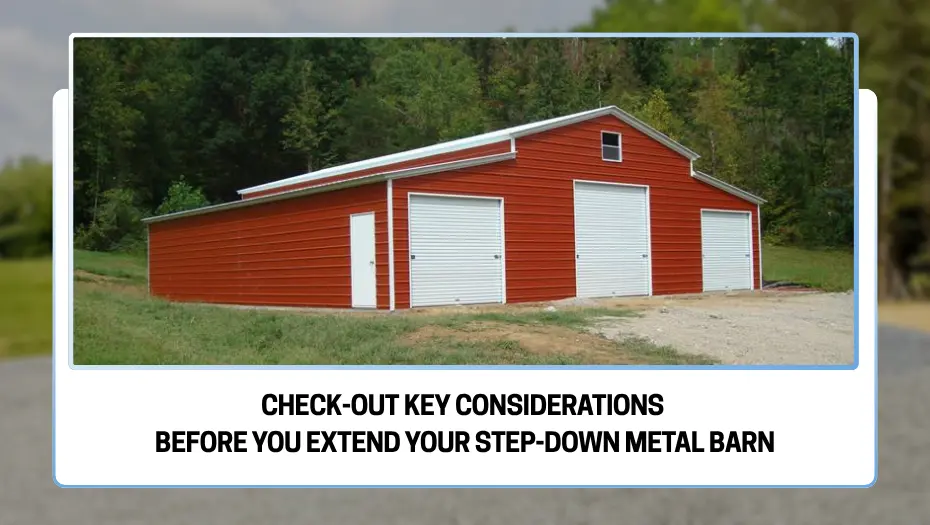
Do you ever feel like your barn is slowly shrinking? It’s not magic; it’s the need of the hour to extend your structure. A step-down barn was installed for 3 horses and their needs; now it feels small because you want to house 3 more horses or store more items inside the structure. Many times, one season, you have enough space… and the next, there’s equipment spilling outside, horses needing extra stalls, or hay bales stacked in every corner.
It’s a common situation for farm owners, and here’s the good news: you don’t have to start over and install a new structure. You can simply extend your step-down prefab barn. It’s more cost-effective than installing a complete new structure. But don’t start an extension without planning; otherwise, you can end up with a complete mess. It’s because step-down barns have a unique structure, and extensions require careful thinking. If you plan it right, you will end up with a seamless and strong structure.
We have outlined some key considerations to check before extending your structure.
Why Property Owners Extend Their Step-Down Steel Barns
Every barn tells a story, and as time passes, the story changes quietly. A barn that used to be a perfect fit is no longer the perfect fit for your increased needs. This is why property owners have to extend their structures.
Let’s know the most common reasons why property owners choose to extend their barns:
Growing Livestock Herds: As your herd expands, the original barn can quickly feel cramped. Adding new stalls or a dedicated feed area helps maintain a safe and comfortable environment for animals.
More Storage Needs: A modern step down style barn relies on more equipment than ever. It stores tractors, trailers, feed bins, and ATVs. An extension can provide the extra sheltered space you need without building a new structure.
New Functions: Sometimes, barn owners want to add a tack room, a wash area, a small workshop, or even an office space. Extensions make this possible without disturbing daily routines.
Seasonal or Business Growth: Suppose your farm is expanding into boarding. You want to host events and increase production; in this case, extension of the step-down prebuilt barn building can support those goals.
Cost-Effective Space Optimization: Many farmers and ranchers often want to extend their barns simply because they can’t afford a new space. By maximizing what they have, they can save money and use it to grow their business.
Key Considerations Before Extending Your Step-Down Metal Barn
A step-down barn is also known as a Carolina barn, as these types of complex structures are widely used in the state of North Carolina. This is why you should not start stretching the step down barn without proper planning. Here is what you need to focus on for impeccable extension of a steel barn.
1. Check Structural Compatibility
Your existing step-down steel barn has a particular frame design, column spacing, and roof pitch. If the new section doesn’t match these, you might face leaks at the joints, uneven load distribution, and, in many cases, structural weaknesses. A professional builder checks truss designs, framing strength, and connections to ensure the old and new sections act as one solid structure.
2. Assess Load-Bearing Capacity
The foundation is the backbone of your barn building. Before adding new sections, inspect the current foundation for any cracks or signs of settlement. Evaluate the soil’s capacity to support additional weight. In some cases, you may need to pour a new slab with reinforced edges to support heavier loads, such as hay stacks or equipment bays.
3. Permits & Local Building Codes
Each county has its own building rules. These include setbacks, height restrictions, and usage regulations. Ignoring these can lead to expensive delays or forced removals. Get in touch with local authorities early in your planning stage so your extension meets legal standards from day one. If you are making minor changes, you may not need to apply for a permit. But to find it out, you have to contact your local building authorities.
4. Weather & Drainage Planning
One of the trickiest parts of extending a step-down barn is ensuring the roof slope of the new section lines up correctly. If you get it wrong, water may pool between the old and new sections. And you understand better what damage accumulated water can cause to your step-down metal barns. You can add a vertical roof steel barn so water and debris don’t stick on the roof. Adding proper gutters, downspouts, and slope adjustments ensures rain and snow runoff flows smoothly.
5. Integration of Utilities
If your barn has lighting, electrical systems, HVAC, or plumbing, these must be extended carefully. Running exposed wiring or poorly connected pipes can lead to hazards. Even if you don’t need power in the new section right now, adding conduits during extension saves time and cost later. Therefore, consider all the features in advance and be aware of the potential problems they can cause if not handled carefully.
6. Aesthetic & Functional Consistency
Often, the appearance of the building changes as you make modifications to its structure. If not handled properly, it can ruin your property’s curb appeal. A mismatched extension can make your property look messy. To keep this issue at bay, use the same panel profiles, paint finishes, and roof styles so that the entire barn appears as one unified structure. This thoughtful move will not only improve the aesthetics but also the property value.
Planning to Buy a Horse Barn? Firstly Know Few Things To Consider While Purchasing A Horse Steel Barn
How and When to Extend the Dimensions of the Step-Down Barn
A barn extension does not simply mean stretching the length of the structure. You have to think from all angles and align them with your needs. Sometimes, you only need to extend the width, and sometimes the height. Sometimes, you need to work on all the angles and dimensions together.
1. WIDTH Extension of a Step-Down Prefab Barn:
Widening a step-down barn typically involves adding lean-tos or extra bays on the sides. This type of lean-to barn is ideal when you need more equipment storage, extra livestock lanes, or covered working areas.
- Technical Focus: Side extensions require matching trusses, rafters, and placements to maintain stability.
- When to Do It: Width extension is perfect if your original barn feels narrow or if you need additional side stalls or feed storage.
- Drainage Caution: Ensure the added roof slope directs water away from the existing walls, not toward them.
2. LENGTH Extension of a Step-Down Barn
When can you work on the length extension of a metal barn? It’s when you need to add bays to the gable ends. This is usually simpler because you are extending along the barn’s existing layout.
- Technical Focus: Match the wall framing, roof overhang, and panel direction.
- When to Do It: Extend the length for adding more stalls, storage bays, or enclosed rooms. It’s great when you want to keep operations linear, like adding more livestock areas without changing the barn’s workflow.
- Structural Tip: Check end-wall bracing to ensure the extension doesn’t overload the last frame.
3. HEIGHT Extension of a Step-Down Barn
Raising the height is less common but sometimes necessary. This is especially important if you plan to store larger machinery, add a mezzanine, or create loft spaces for hay storage.
- Technical Focus: You may need to install taller columns, adjust bracing, and redesign rooflines.
- When to Do It: If you plan to introduce taller RVs, horse trailers, or second-story storage, then a height extension can be a suitable solution. But then also enlarge small doors for easy entry.
- Bonus Tip: Plan ventilation upgrades while raising the height to keep the space comfortable year-round.
Common Mistakes to Avoid During Barn Extension
A Step Down Barn extension can be tricky if you have no idea when and how to extend; apart from that, some common mistakes people make during the extension process. Knowing these mistakes will keep you away from unnecessary problems in the barn.
- Ignoring drainage and slope, leading to leaks.
- Not considering snow and wind loads, which result in structural strain.
- Failing to match the roofing or siding. It makes the barn look pieced together.
- Failing to seek professional input can lead to misalignment or safety issues.
Taking shortcuts might save a little now, but will cost you a lot later. So, it’s better, you know all the possible mistakes by giving some time to analyze the condition of your farm metal buildings.
Let’s Check-Out How Rent-to-Own Metal Barns Help You Save Time and Money
Build Smart, Grow Strong with Viking Barns
Extending your step-down metal barn is an exciting way to upgrade your property without starting from scratch. However, the secret to success lies in careful planning. If you prefer not to go through this process and instead want to have a new, large structure that can meet your future needs, contact Viking Barns. We consider your needs carefully before commencing construction. Our step-down metal barns and other steel barns are sturdy because we use the best materials. We verify structural compatibility, drainage, permits, and utility integration to ensure impeccable solutions.
These structures are flexible enough that if you want to extend them in the future, you can do so with ease. But follow the right approach, and your barn will grow with you, strong, functional, and future-ready.
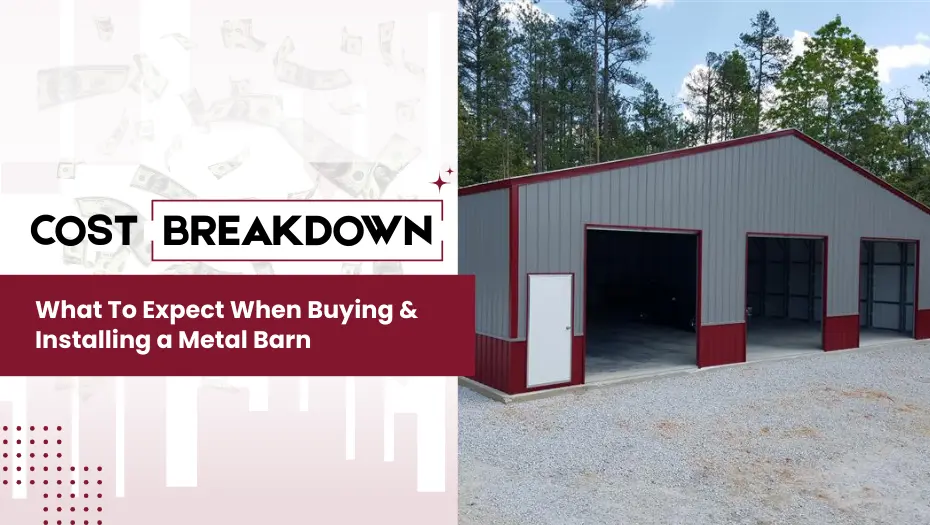

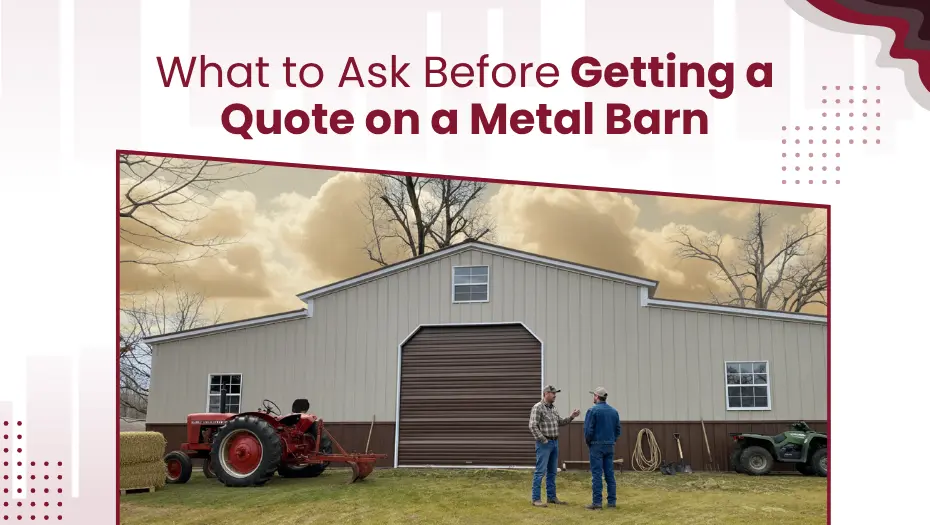
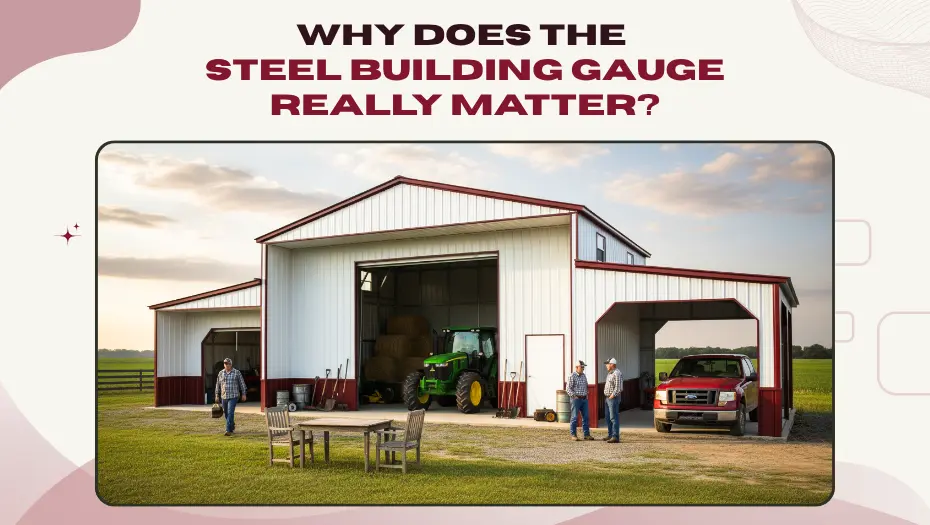
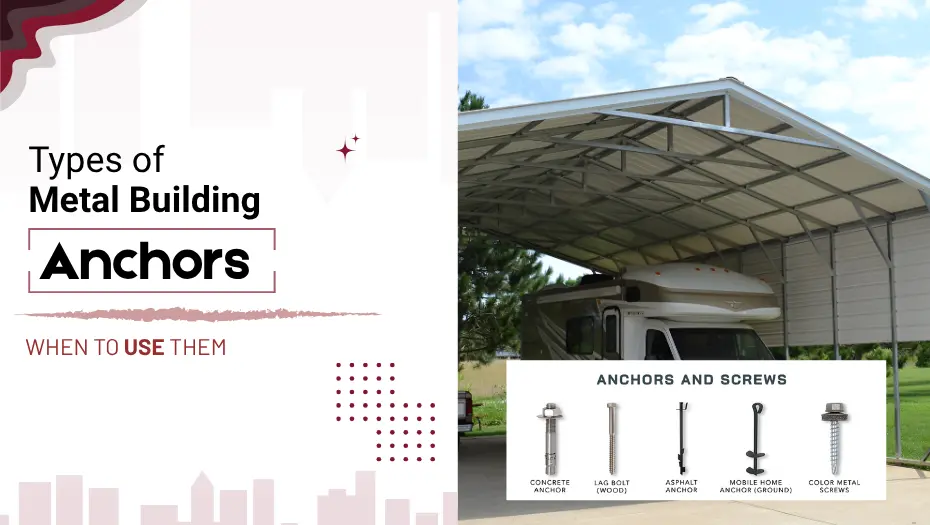
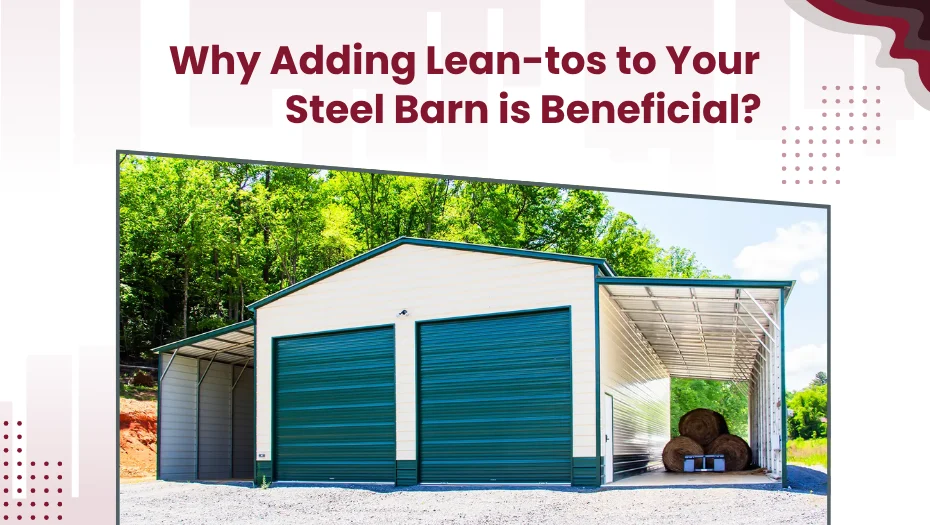
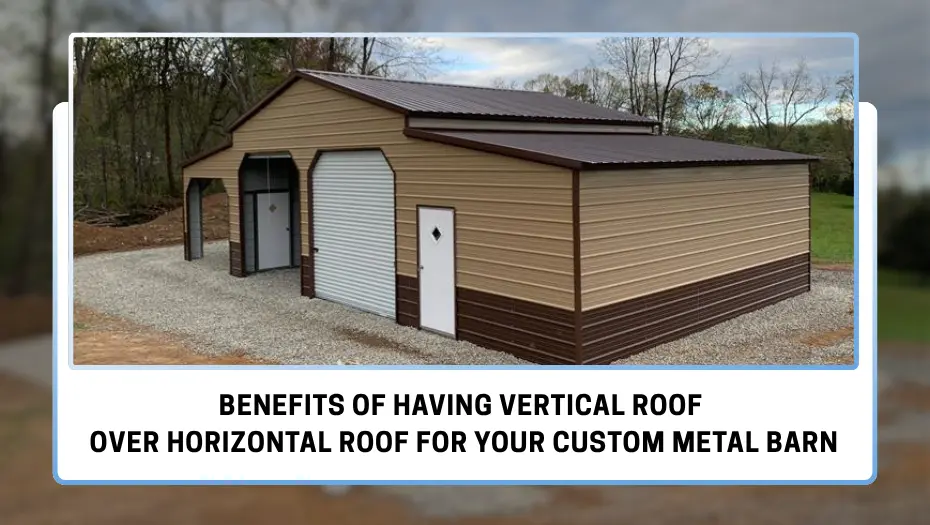
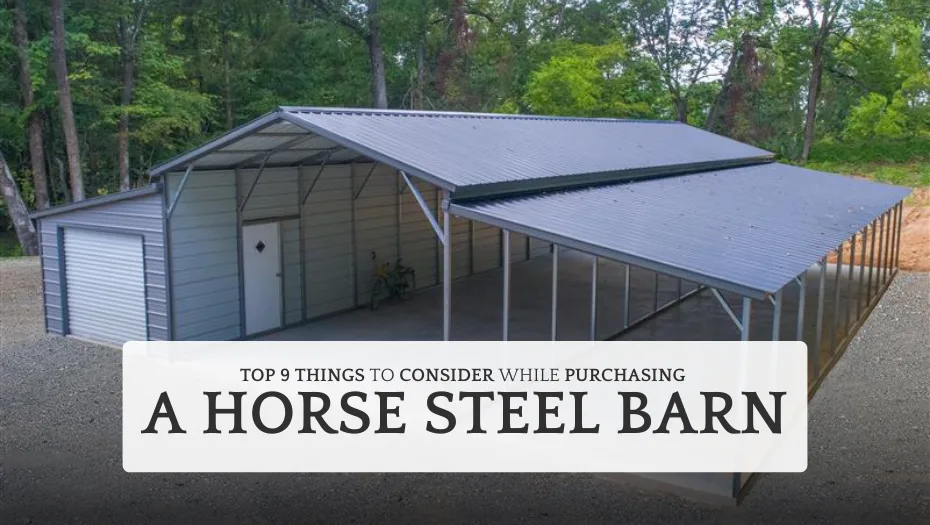
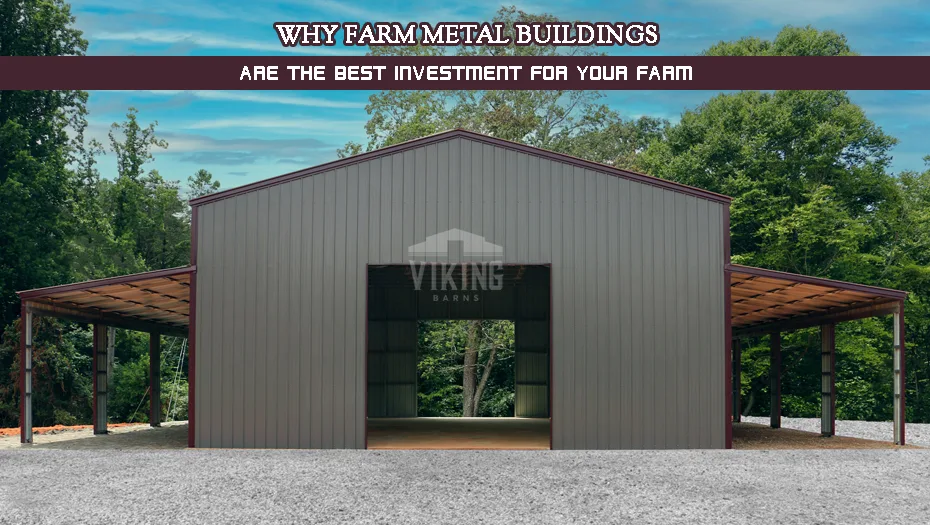
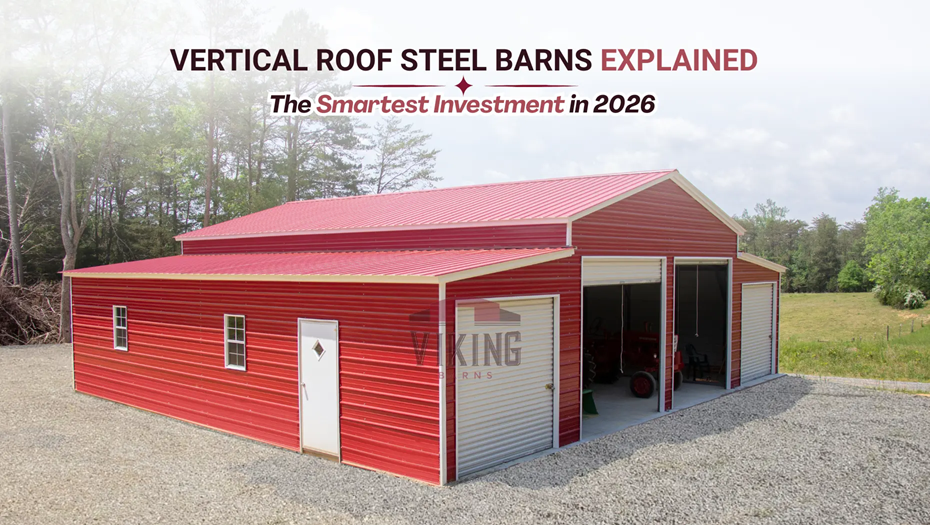
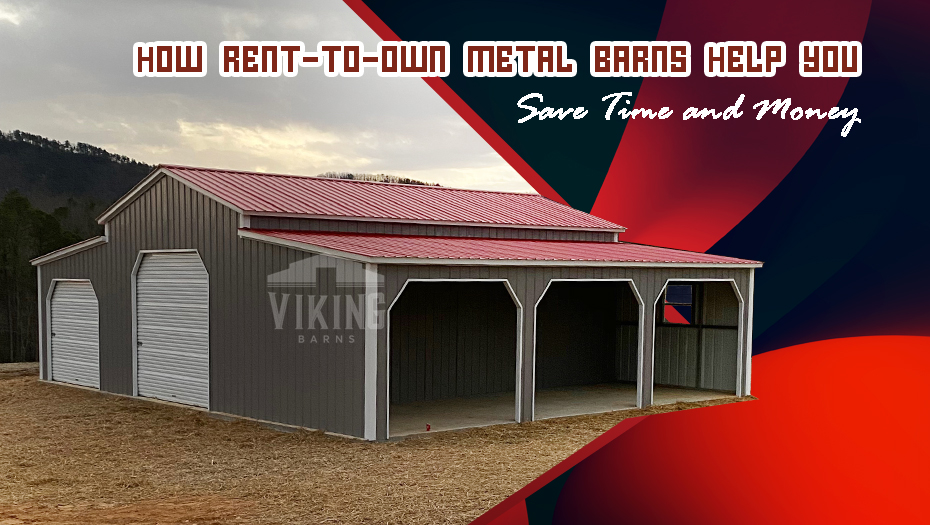


 Alabama AL
Alabama AL
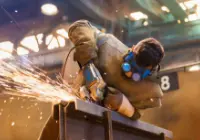
 American Steel Carports Inc.
American Steel Carports Inc.